Home>Furniture & Design>Interior Design Trends>How To Clean Glass Cleaning Cloth
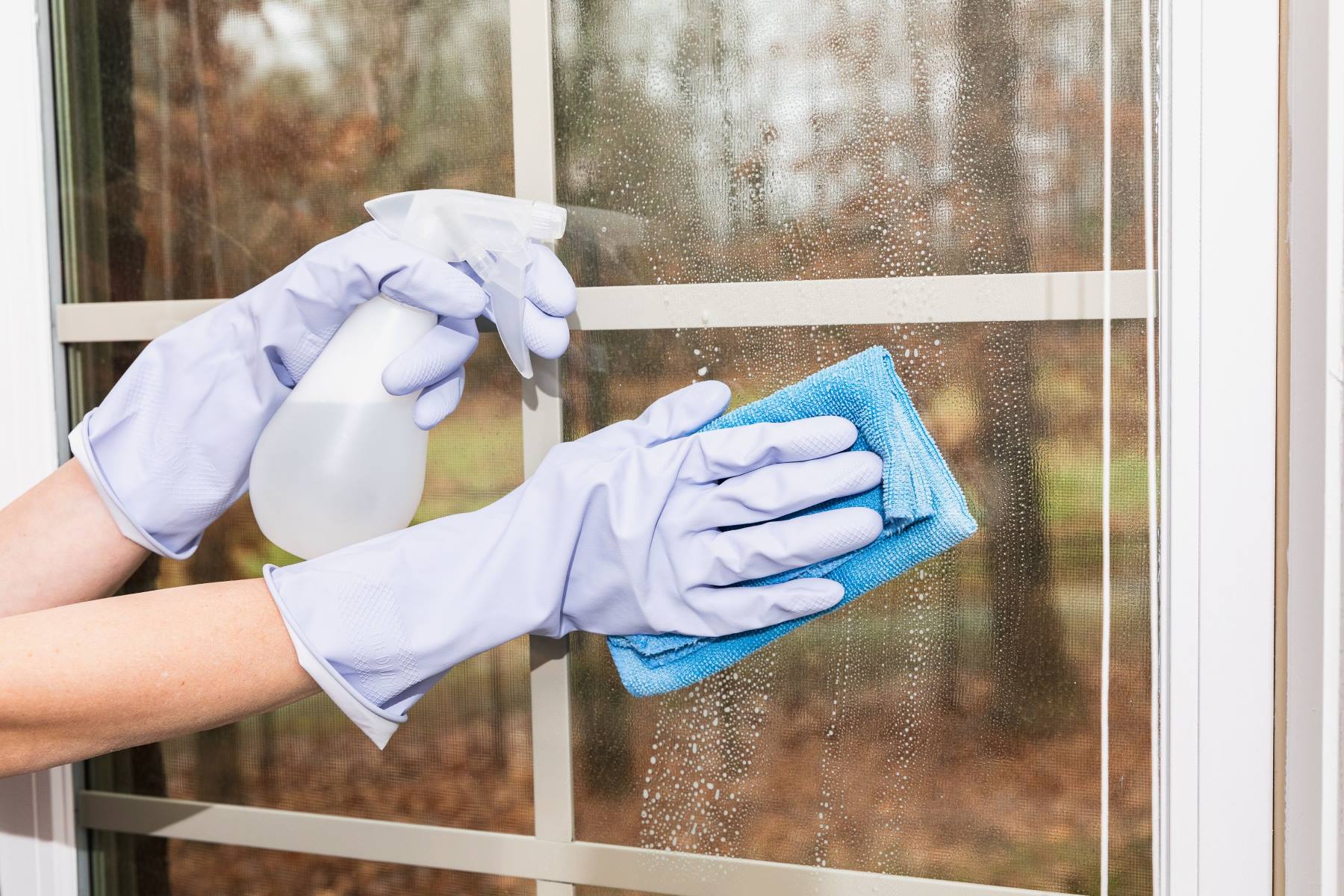

Interior Design Trends
How To Clean Glass Cleaning Cloth
Modified: March 2, 2024
Discover the best way to clean glass using a cleaning cloth. Keep up with the latest interior design trends and maintain a sparkling, streak-free finish.
(Many of the links in this article redirect to a specific reviewed product. Your purchase of these products through affiliate links helps to generate commission for Storables.com, at no extra cost. Learn more)
Introduction
Glass cleaning cloths are essential tools for maintaining the pristine appearance of glass surfaces in our homes and workplaces. Whether it's for windows, mirrors, or glass tabletops, these specialized cloths are designed to effectively remove dirt, grime, and streaks without leaving behind lint or residue. To ensure that your glass cleaning cloth continues to deliver optimal results, it's crucial to understand the proper cleaning and maintenance techniques.
Regularly cleaning your glass cleaning cloth not only prolongs its lifespan but also ensures that it remains free from accumulated dirt and detergent residues, which can compromise its performance. By following a few simple steps, you can keep your glass cleaning cloth in top condition, ready to tackle any glass-cleaning task with ease.
In the following sections, we will delve into a comprehensive guide on how to clean your glass cleaning cloth effectively. From shaking off loose debris to hand washing with mild detergent and proper storage, each step is crucial in maintaining the quality and functionality of your cloth. By incorporating these cleaning practices into your routine, you can maximize the longevity and effectiveness of your glass cleaning cloth, ultimately contributing to the overall cleanliness and aesthetic appeal of your living or working space.
Key Takeaways:
- Keep your glass cleaning cloth in top condition by shaking off loose debris before washing. This helps prevent streaks and ensures a thorough cleaning process.
- After washing, air dry or tumble dry on low heat to maintain the cloth’s effectiveness. Store in a clean, dry place to keep it ready for future use.
Read more: How To Clean Cloth Bar Stools
Step 1: Shake off Loose Debris
Before delving into the cleaning process, it's essential to start by shaking off any loose debris from the glass cleaning cloth. This initial step is crucial as it helps to rid the cloth of any surface-level dirt, dust, or particles that may have accumulated during previous use. By effectively removing these loose debris, you can prevent them from being redistributed onto the glass surface during the cleaning process, thereby ensuring a thorough and streak-free result.
To shake off loose debris, gently unfold the glass cleaning cloth and hold it taut. Lightly shake the cloth in a controlled manner, allowing any loose particles to dislodge and fall away. It's important to perform this step in an open or well-ventilated area to prevent the debris from settling back onto the cloth.
Additionally, you can consider lightly tapping the cloth against a solid surface to further dislodge any stubborn debris. However, it's crucial to exercise caution and avoid excessive force to prevent damaging the delicate fibers of the cloth.
By diligently shaking off loose debris from the glass cleaning cloth, you set the stage for a more effective and efficient cleaning process. This simple yet essential step lays the foundation for achieving a pristine and streak-free glass surface, as it minimizes the risk of reintroducing dirt or particles during the cleaning process.
In summary, the first step in cleaning a glass cleaning cloth involves shaking off loose debris to ensure that the cloth is free from surface-level dirt and particles. This preparatory step sets the stage for a successful cleaning process, ultimately contributing to the cloth's ability to deliver optimal results when used on glass surfaces.
Step 2: Hand Wash with Mild Detergent
After shaking off loose debris from the glass cleaning cloth, the next crucial step involves hand washing the cloth with a mild detergent. This process is essential for removing embedded dirt, oils, and residues that may have accumulated during use, ensuring that the cloth remains clean and free from contaminants that could hinder its performance.
To begin, fill a basin or sink with lukewarm water. It's important to avoid using hot water, as it can potentially damage the delicate fibers of the cloth. Next, add a small amount of mild liquid detergent to the water. Opt for a gentle, non-abrasive detergent that is free from harsh chemicals or additives, as these can compromise the integrity of the cloth.
Gently submerge the glass cleaning cloth into the soapy water, ensuring that it becomes fully saturated. Using your hands, softly agitate the cloth in the water, allowing the mild detergent to penetrate the fibers and lift away any dirt or residues. Take care to avoid excessive wringing or twisting, as this can cause damage to the cloth and affect its performance.
Allow the cloth to soak in the soapy water for a few minutes, allowing the detergent to effectively loosen and dissolve any stubborn grime or residues. During this time, you can gently massage the cloth with your fingers to target specific areas that may require extra attention.
Once the soaking period is complete, carefully lift the cloth from the soapy water and rinse it thoroughly under cool running water. Ensure that all traces of detergent are completely removed, as any residual soap can leave streaks or residues on glass surfaces during future use.
After rinsing, gently squeeze the cloth to remove excess water, taking care not to wring or twist it forcefully. It's important to maintain the delicate integrity of the cloth throughout this process to preserve its effectiveness.
By hand washing the glass cleaning cloth with a mild detergent, you effectively remove accumulated dirt and residues, ensuring that the cloth remains clean and ready for future use. This meticulous cleaning process contributes to the cloth's ability to deliver streak-free and pristine results when used on glass surfaces, ultimately enhancing the overall cleanliness and aesthetic appeal of your living or working space.
Step 3: Rinse Thoroughly
Rinsing the glass cleaning cloth thoroughly is a critical step in the cleaning process, ensuring that all traces of detergent and loosened dirt are completely removed. This meticulous rinsing stage is essential for preventing any residual soap or grime from compromising the cloth's performance and leaving streaks or residues on glass surfaces during future use.
After hand washing the cloth with a mild detergent and gently squeezing out the excess water, it's imperative to proceed with thorough rinsing under cool running water. This step serves to effectively flush out any remaining detergent and dislodged dirt, leaving the cloth clean, refreshed, and free from any potential contaminants.
To begin the rinsing process, hold the glass cleaning cloth under a gentle stream of cool running water. It's important to ensure that the water temperature remains cool, as hot water can potentially damage the delicate fibers of the cloth. Allow the water to flow over the entire surface of the cloth, gently massaging it with your fingers to facilitate the removal of any lingering detergent or dirt particles.
Continue rinsing the cloth under the running water until all traces of suds and residues are completely eliminated. Thoroughly inspect the cloth during this process, paying close attention to areas that may have accumulated more detergent or dirt. By methodically rinsing the cloth, you guarantee that it is impeccably clean and free from any potential sources of streaking or residue when used on glass surfaces.
Once the rinsing process is complete, gently squeeze the cloth to remove excess water, taking care not to wring or twist it forcefully. It's crucial to handle the cloth delicately to preserve its integrity and ensure that it retains its effectiveness for future use.
By diligently rinsing the glass cleaning cloth, you effectively eliminate any lingering detergent and dirt, leaving the cloth in a pristine and refreshed state. This thorough rinsing process is instrumental in maintaining the cloth's ability to deliver streak-free and immaculate results when utilized on glass surfaces, contributing to the overall cleanliness and visual appeal of your living or working environment.
To clean a glass cleaning cloth, simply hand wash it with mild detergent and warm water, then air dry. Avoid using fabric softener or bleach to maintain its effectiveness.
Step 4: Air Dry or Tumble Dry on Low Heat
After thoroughly rinsing the glass cleaning cloth, the next pivotal step involves drying it to ensure that it is completely free from moisture before storage or future use. Proper drying is essential for maintaining the cleanliness and integrity of the cloth, preventing the development of musty odors or mold that can compromise its effectiveness.
There are two primary methods for drying the glass cleaning cloth: air drying and tumble drying on low heat. Both approaches are effective, and the choice between them depends on individual preferences and convenience.
Read more: How To Clean Out Closet
Air Drying
Air drying is a straightforward and natural method that allows the cloth to dry at its own pace without the application of external heat. To air dry the cloth, gently lay it flat on a clean, dry surface, ensuring that it is spread out evenly to facilitate efficient evaporation of moisture. It's important to choose a well-ventilated area for air drying, as adequate airflow expedites the drying process and prevents the accumulation of moisture.
When air drying the glass cleaning cloth, it's crucial to position it away from direct sunlight, as prolonged exposure to sunlight can potentially damage the delicate fibers of the cloth. Instead, opt for a shaded or indoor location that offers ample airflow and ventilation. Allow the cloth to air dry completely, periodically checking its progress to ensure that it is free from residual moisture before storage or subsequent use.
Tumble Drying on Low Heat
Alternatively, the glass cleaning cloth can be dried using a tumble dryer set to low heat. This method offers the advantage of accelerated drying, particularly beneficial for individuals seeking a quicker turnaround time. When using a tumble dryer, place the cloth inside and select the low heat setting to prevent any potential damage to the delicate fibers.
It's important to avoid high heat settings, as excessive heat can compromise the integrity of the cloth and affect its performance. By opting for low heat, you ensure that the cloth dries gently and evenly, preserving its quality for continued use.
Whether air drying or tumble drying on low heat, it's essential to monitor the drying process closely and ensure that the cloth is completely dry before storage. This meticulous approach to drying safeguards the cleanliness and effectiveness of the glass cleaning cloth, ultimately contributing to its ability to deliver streak-free and immaculate results when utilized on glass surfaces.
By diligently following the air drying or tumble drying process, you maintain the quality and functionality of the glass cleaning cloth, ensuring that it remains in optimal condition for future use. This attention to detail in the drying stage complements the earlier cleaning steps, collectively contributing to the cloth's ability to uphold the cleanliness and visual appeal of glass surfaces in your living or working environment.
Step 5: Store in a Clean, Dry Place
After completing the meticulous process of cleaning and drying your glass cleaning cloth, the final step involves storing it in a clean, dry place to maintain its pristine condition and ensure its readiness for future use. Proper storage is essential for safeguarding the cleanliness and effectiveness of the cloth, preventing it from accumulating dust, moisture, or potential contaminants that could compromise its performance.
When selecting a storage location for your glass cleaning cloth, prioritize clean and dry environments that offer protection from dust, moisture, and potential sources of contamination. A dedicated storage area, such as a clean drawer, cabinet, or storage bin, is ideal for safeguarding the cloth from environmental factors that could diminish its quality.
It's crucial to ensure that the chosen storage space is free from moisture, as damp environments can promote the growth of mold and mildew, potentially compromising the cleanliness and integrity of the cloth. Additionally, protecting the cloth from direct sunlight is important, as prolonged exposure to sunlight can cause discoloration or damage to the delicate fibers.
Before storing the glass cleaning cloth, verify that it is completely dry to prevent the development of musty odors or mold during storage. Ensure that the cloth is neatly folded or laid flat to minimize creasing and maintain its pristine condition. Avoid overcrowding the storage area, as adequate air circulation around the cloth is essential for preserving its freshness and cleanliness.
Consider utilizing a designated storage container or pouch to further protect the glass cleaning cloth from dust and potential contaminants. Opt for a clean, breathable container that allows air circulation while safeguarding the cloth from environmental elements. This approach not only maintains the cleanliness of the cloth but also ensures that it is readily accessible for future use.
By storing the glass cleaning cloth in a clean, dry place, you safeguard its cleanliness and effectiveness, ultimately contributing to its ability to deliver streak-free and immaculate results when utilized on glass surfaces. This final step in the cleaning and maintenance process ensures that the cloth remains in optimal condition, ready to uphold the cleanliness and visual appeal of glass surfaces in your living or working environment.
Frequently Asked Questions about How To Clean Glass Cleaning Cloth
Was this page helpful?
At Storables.com, we guarantee accurate and reliable information. Our content, validated by Expert Board Contributors, is crafted following stringent Editorial Policies. We're committed to providing you with well-researched, expert-backed insights for all your informational needs.
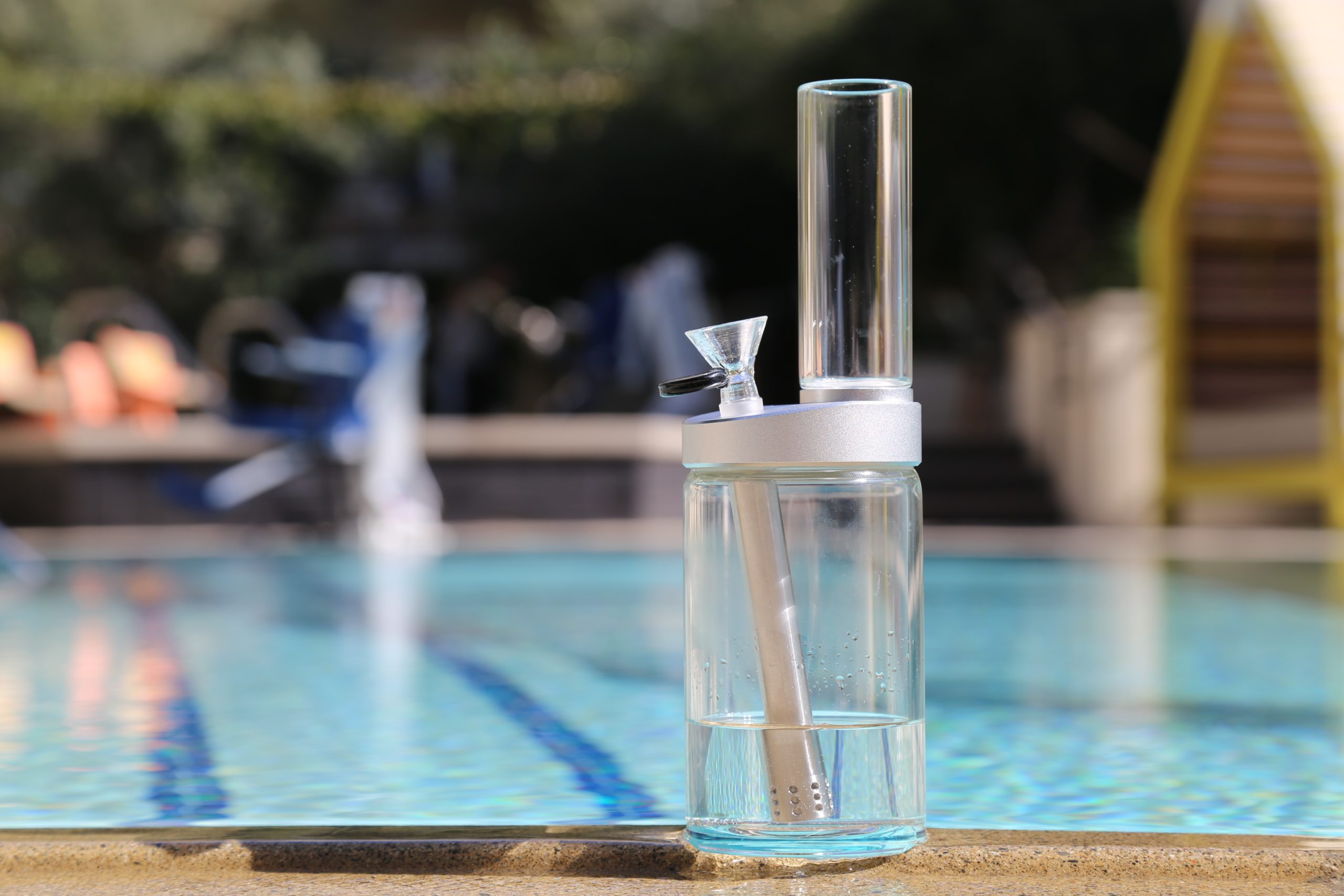
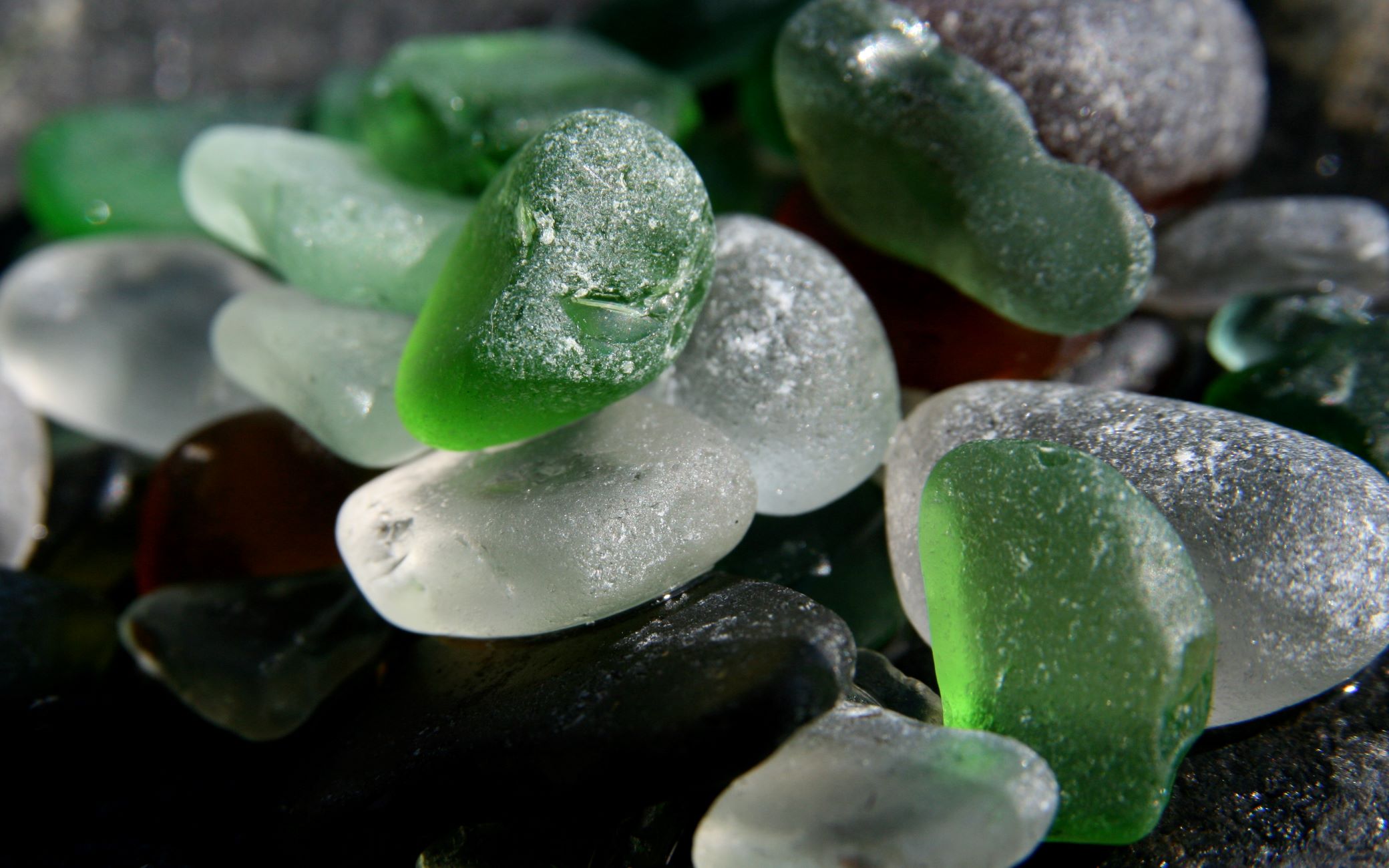
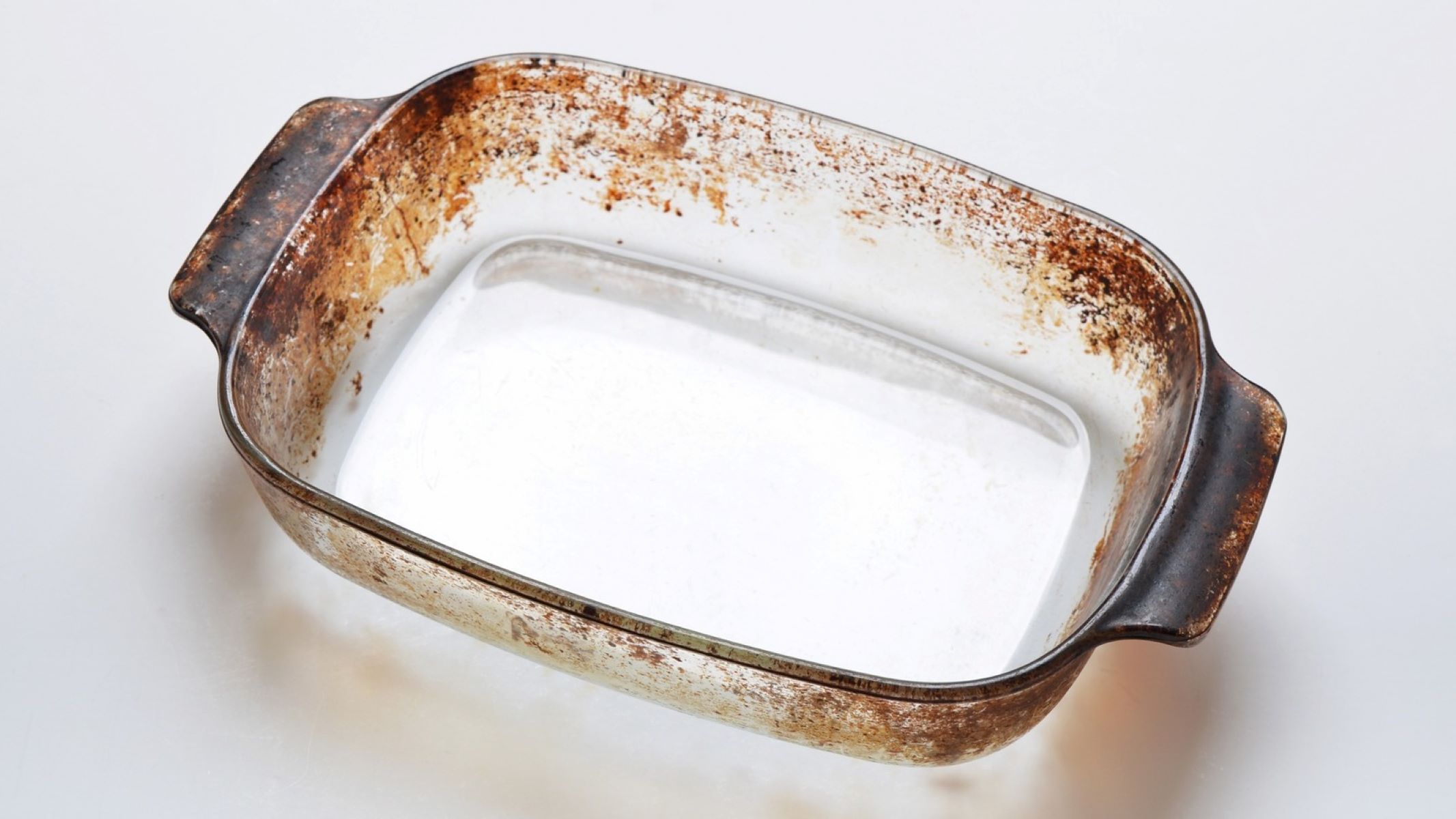
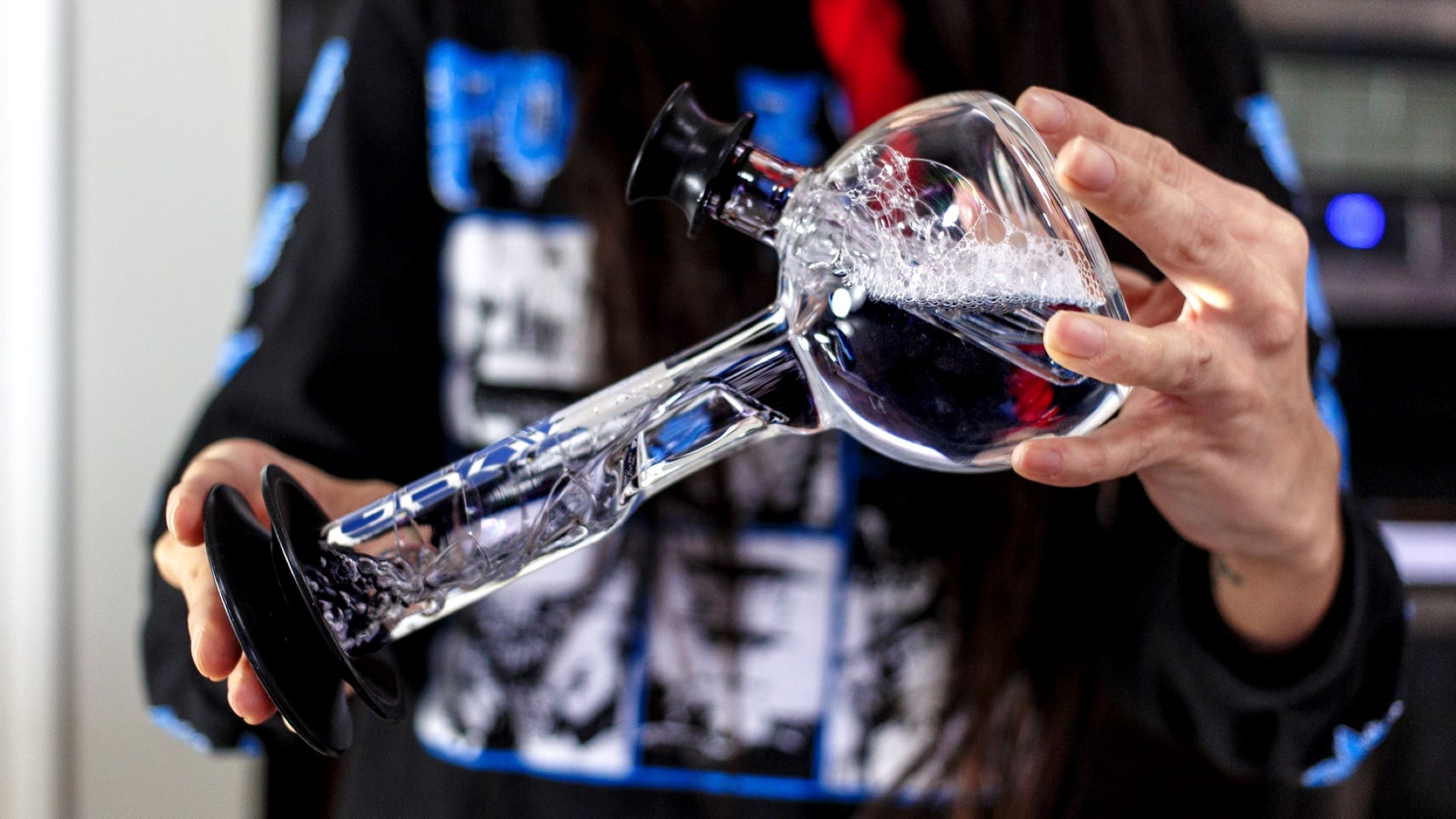
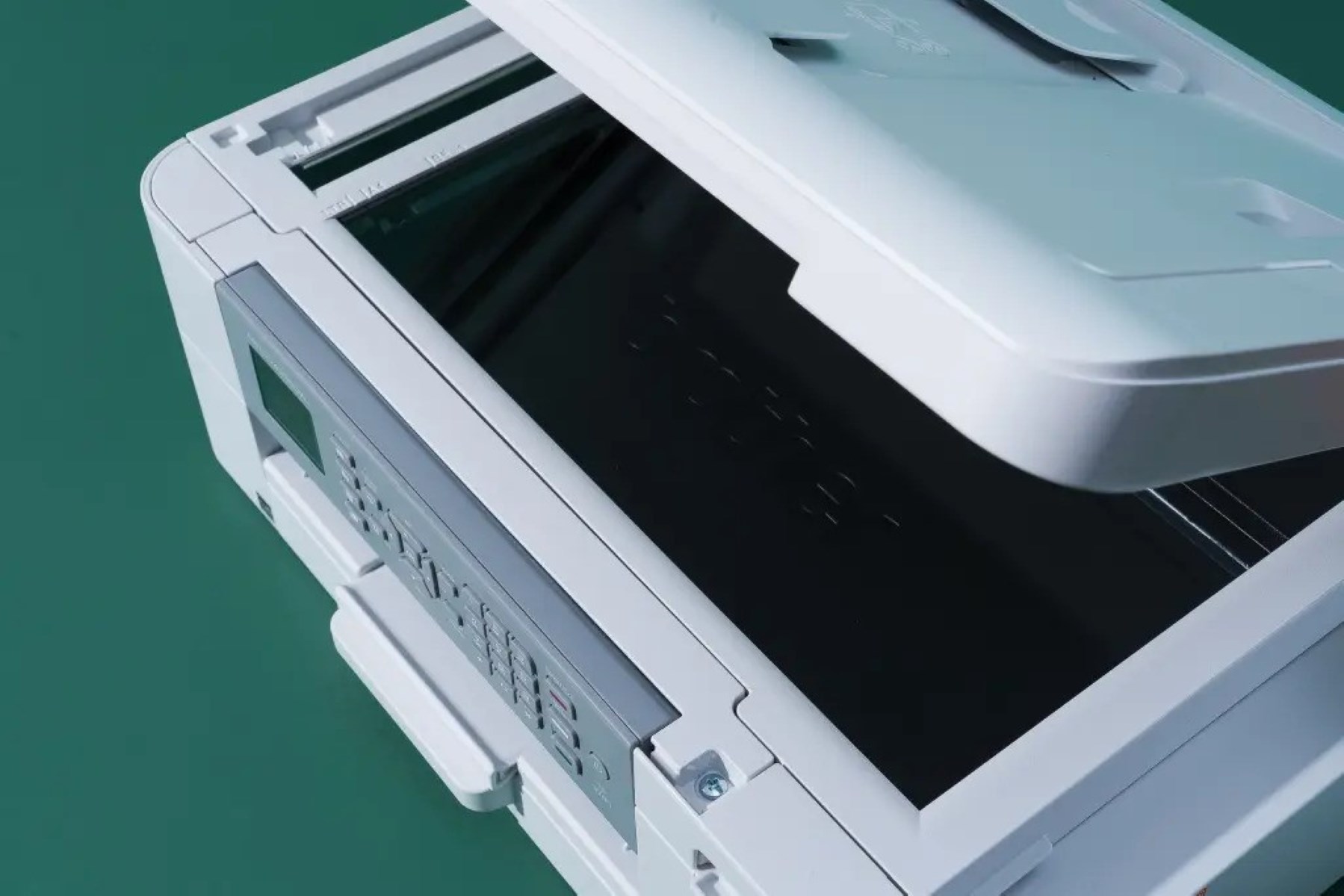
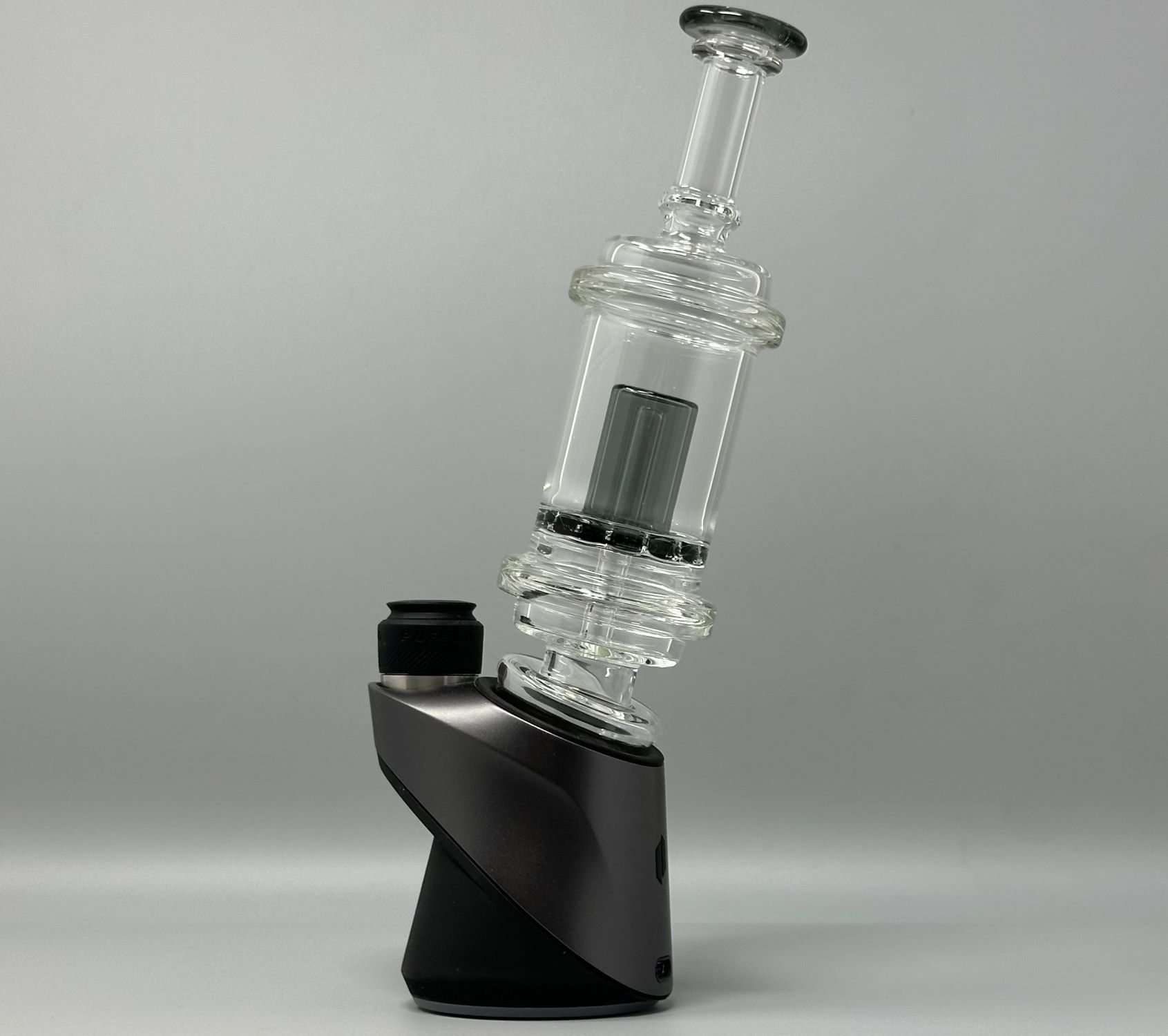

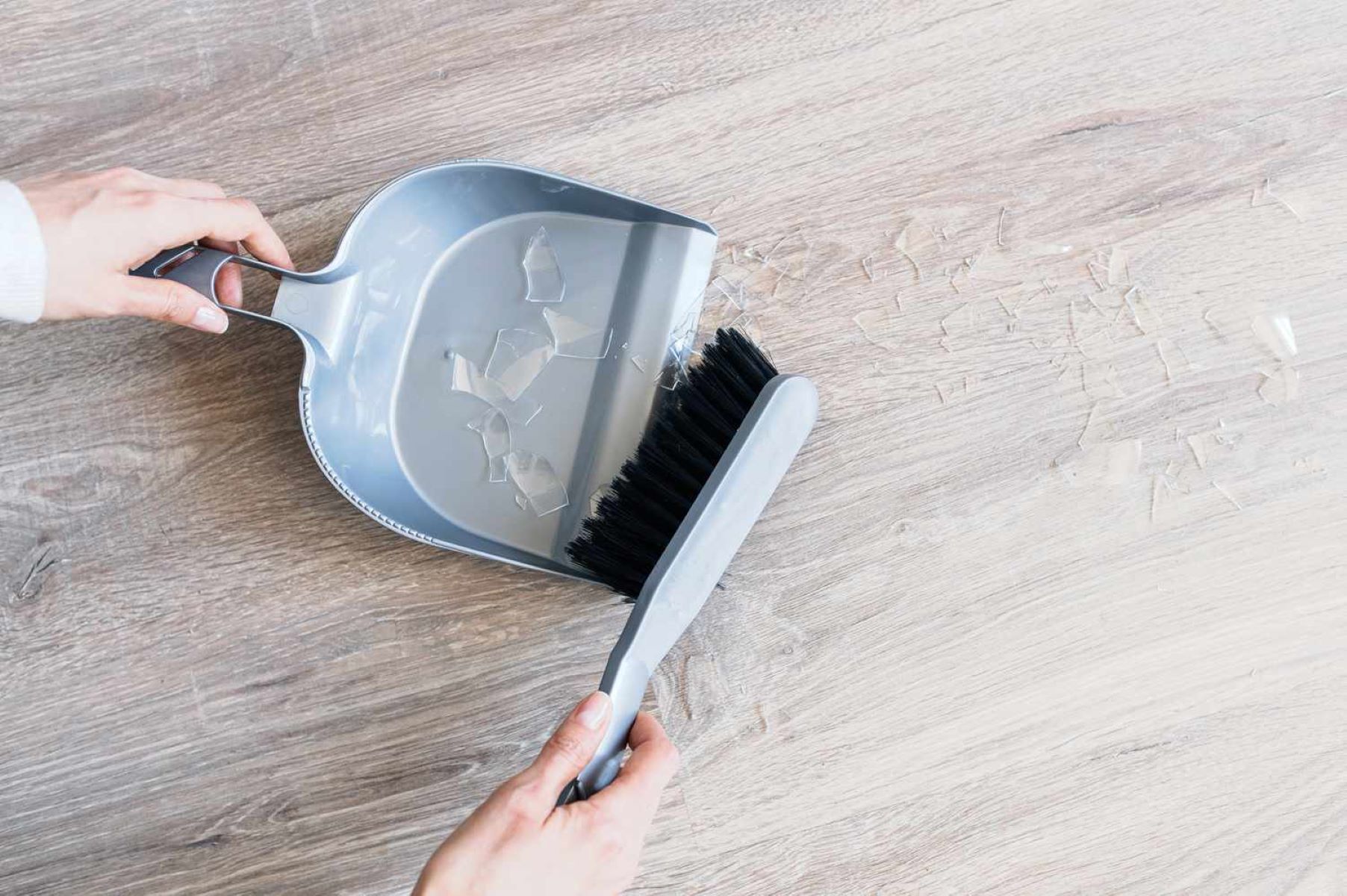
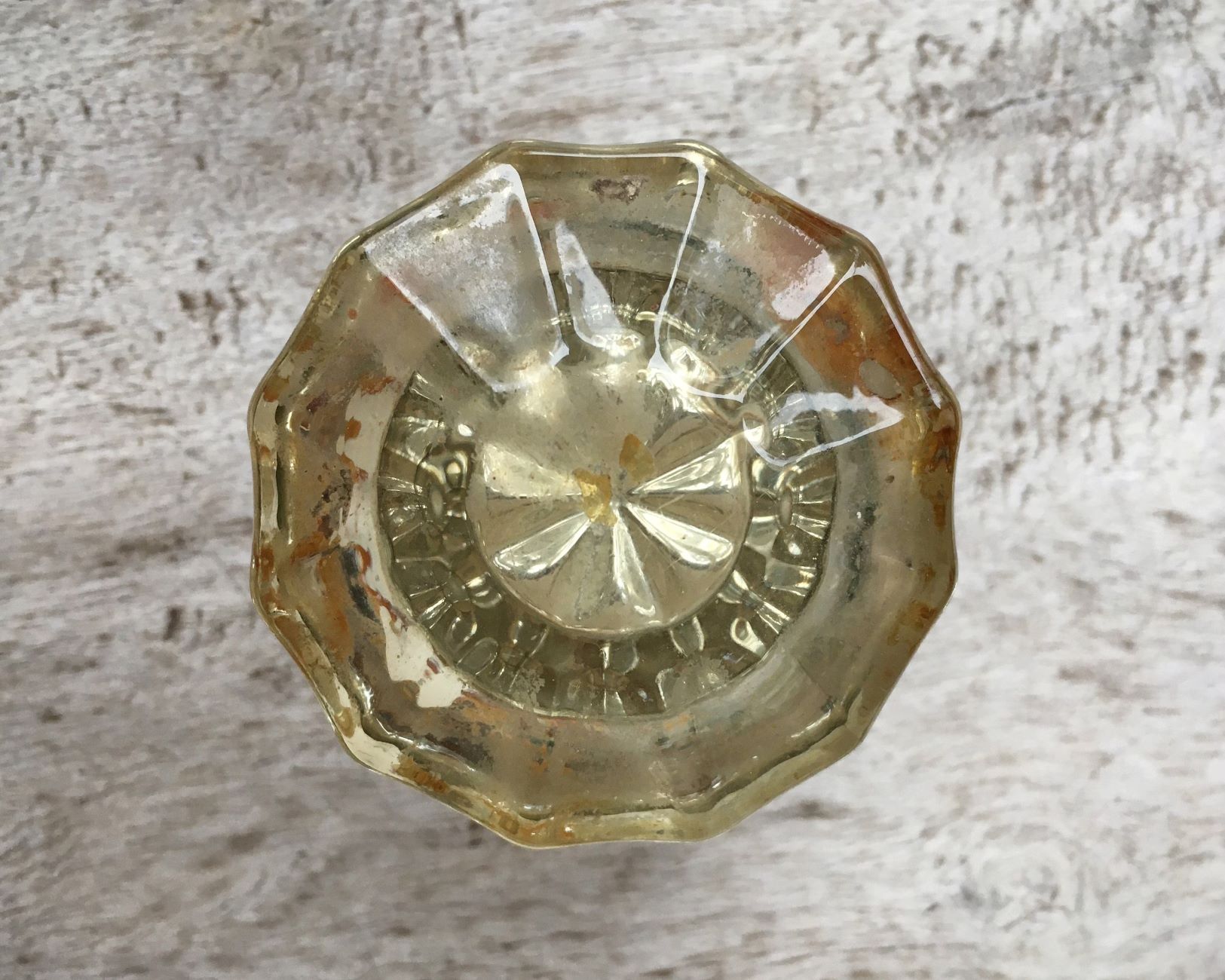
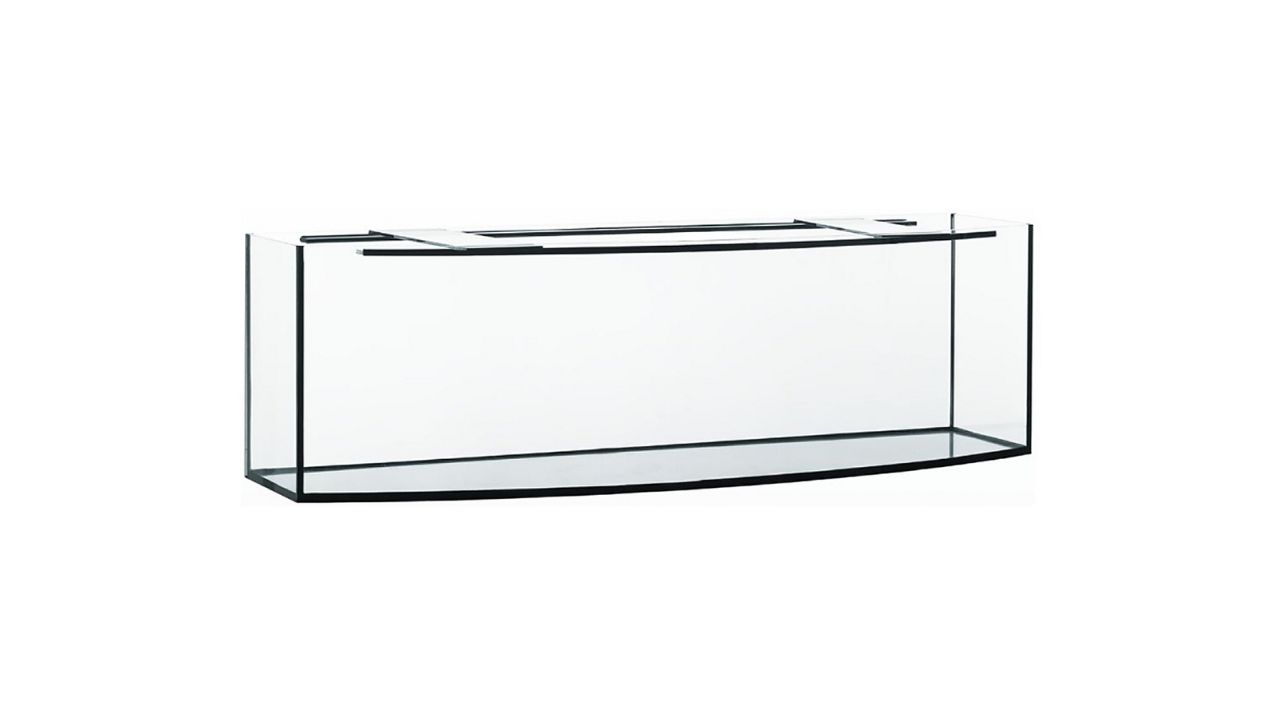
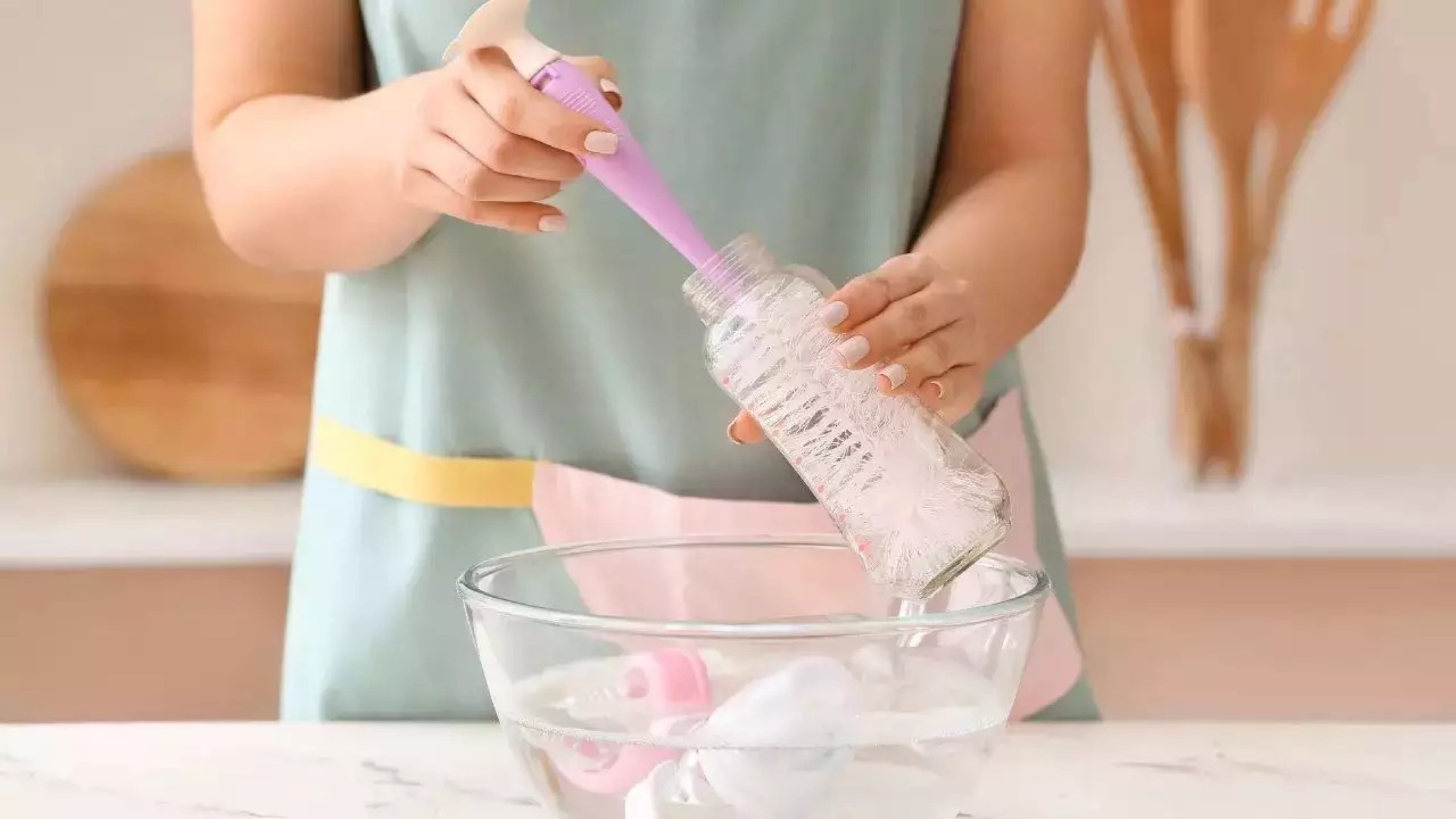
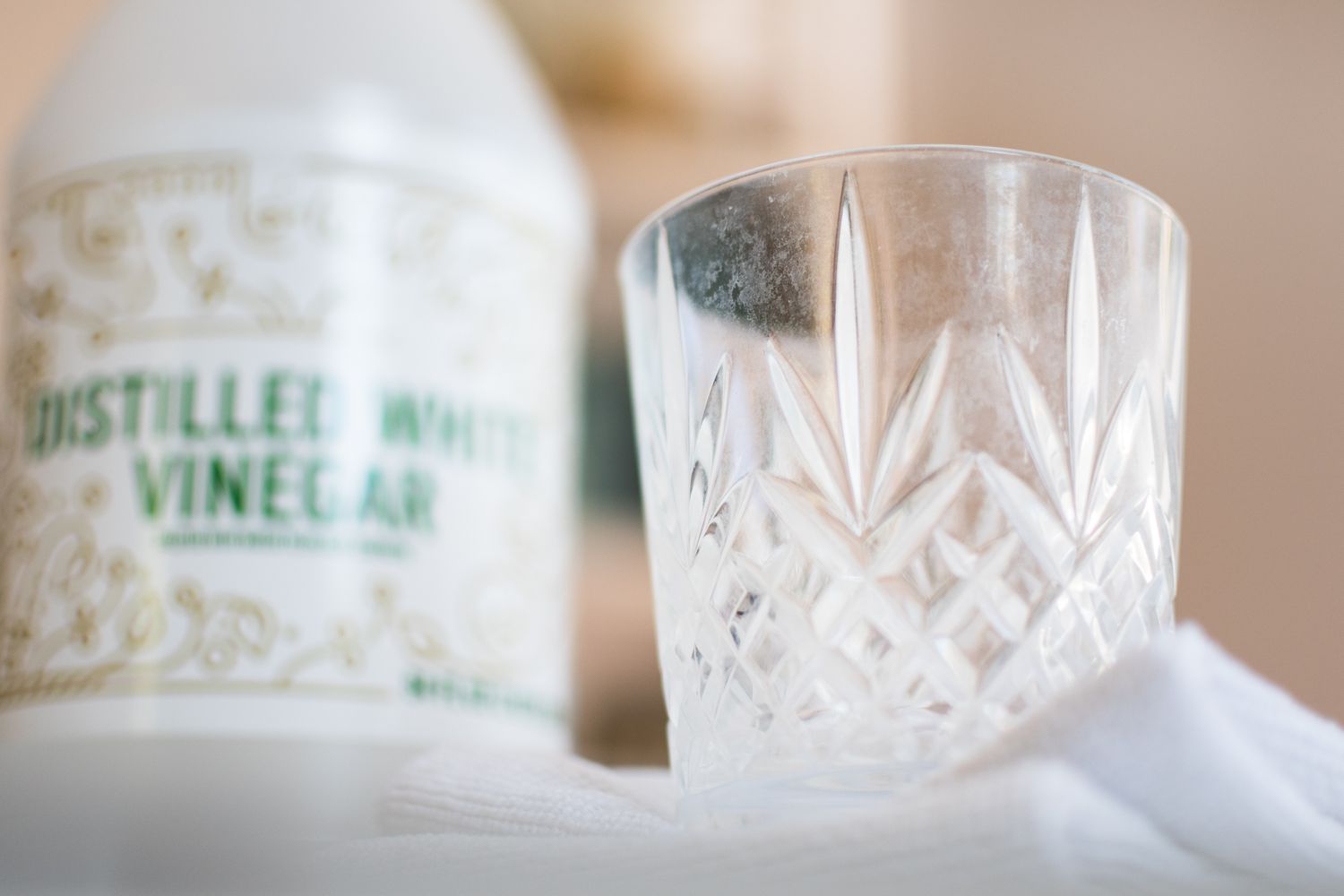
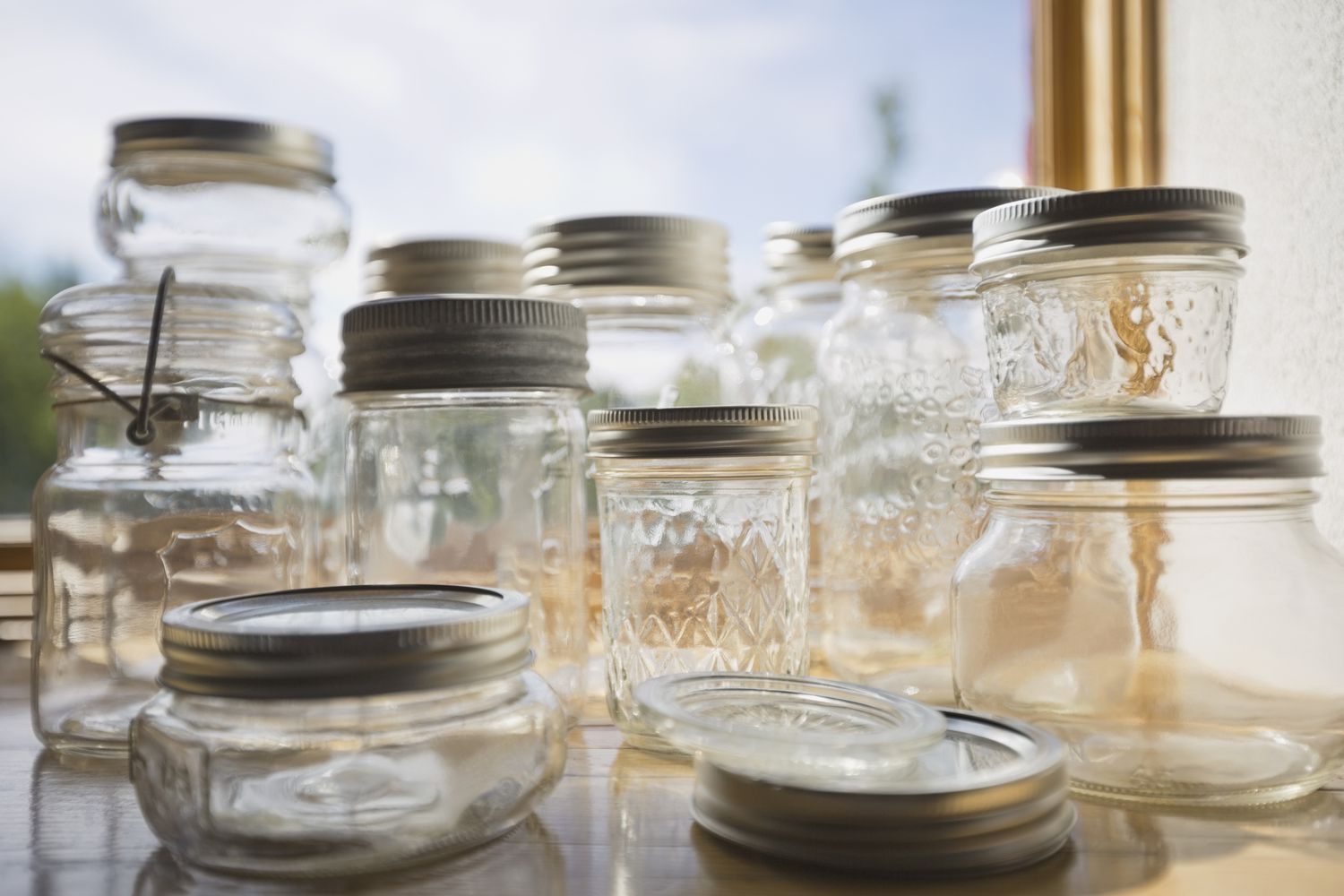
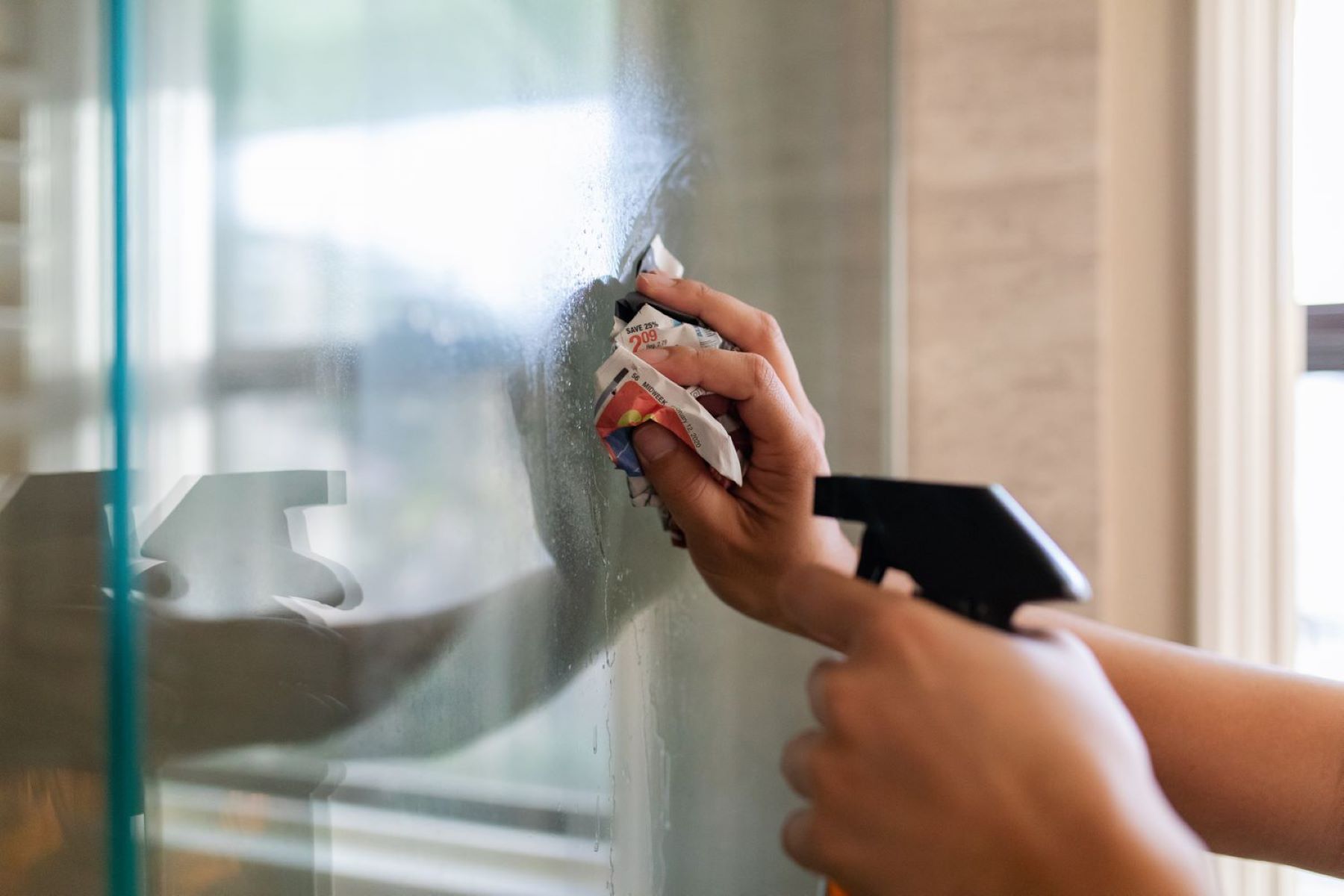

0 thoughts on “How To Clean Glass Cleaning Cloth”